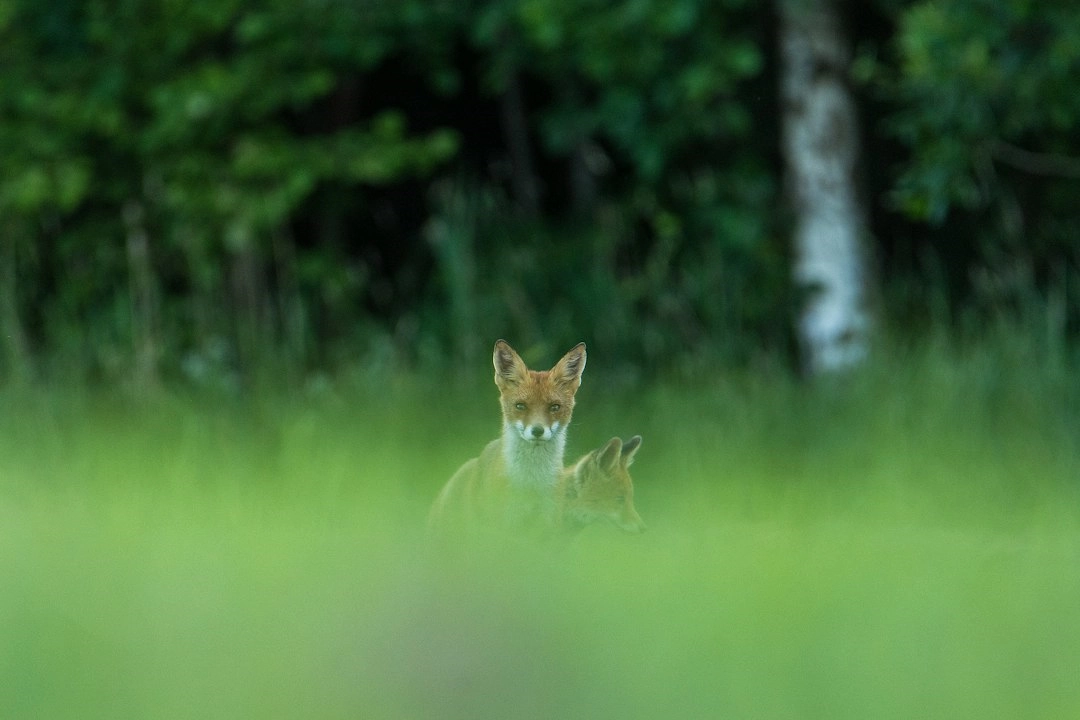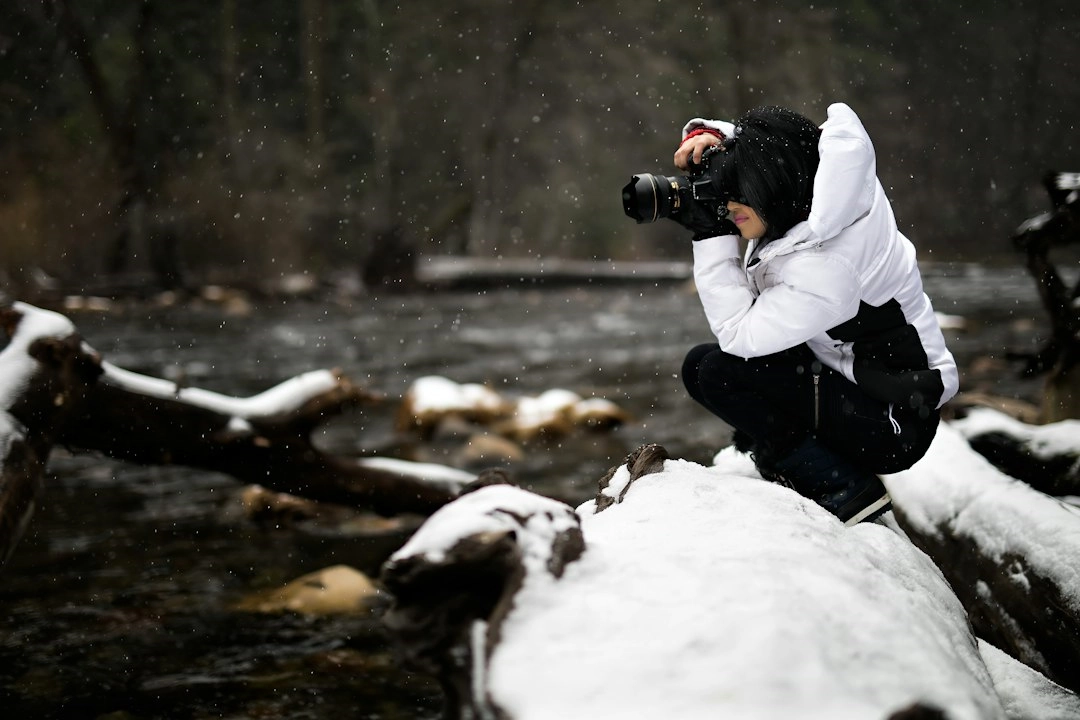What is Sustainable Wildlife Photography?
Sustainable wildlife photography is a practice that aims to capture stunning images of wildlife while minimizing negative impacts on the environment. It involves a conscious effort to minimize disturbance to wildlife, respect their natural habitats, and promote conservation efforts. By adopting sustainable practices, photographers can play a vital role in preserving nature and raising awareness about the importance of wildlife protection.
Real-World Problems Associated with Wildlife Photography
While wildlife photography can be a powerful tool to promote conservation, it is not without its challenges and potential negative impacts. Some of the real-world problems associated with wildlife photography include:
1. Disturbance to Wildlife
Getting that perfect shot oftentimes requires getting close to wildlife, which can disrupt their natural behavior and cause stress. Repeated disturbance can have negative consequences on the well-being and survival of the animals. It is crucial for wildlife photographers to maintain a respectful and safe distance to minimize disturbance.
2. Habitat Degradation
In pursuit of capturing unique wildlife images, photographers may inadvertently damage delicate ecosystems. Trampling on vegetation, venturing into sensitive habitats, or leaving behind waste can lead to habitat degradation and disruption of natural balance. It is essential for photographers to prioritize the preservation of the environment over getting the perfect shot.
3. Exploitative Practices
In some cases, wildlife photography has led to exploitative practices, where animals are harassed, baited, or manipulated for the sake of attracting them for better photo opportunities. These unethical practices can harm wildlife and compromise their well-being. Sustainable photographers should prioritize ethical conduct and abide by guidelines that promote the welfare of the animals.
4. Over-tourism and Crowd Control
Popular wildlife photography destinations often face the issue of over-tourism. The influx of photographers in wildlife hotspots can lead to crowding, disturbance of wildlife, and significant stress on local ecosystems. Proper management and crowd control measures, such as permits, regulated access, and visitor education, are crucial to minimize the impact of over-tourism.
By acknowledging and addressing these real-world problems associated with wildlife photography, photographers can actively work towards sustainability and contribute to the preservation of our natural world.

Solutions for Sustainable Wildlife Photography
While there are challenges and potential negative impacts associated with wildlife photography, there are also solutions that photographers can implement to promote sustainability and preserve nature. Here are some key solutions:
1. Respect Wildlife and Maintain Distance
Photographers should prioritize the welfare of wildlife by maintaining a respectful distance, using telephoto lenses or blinds to capture close-up shots without disturbing the animals. Respecting their natural behavior and habitats is crucial to minimize stress and disturbance.
2. Learn and Follow Ethical Guidelines
Photographers should familiarize themselves with ethical guidelines for wildlife photography, such as those provided by organizations like the North American Nature Photography Association (NANPA) or the Audubon Society. These guidelines emphasize ethical behavior and the importance of prioritizing the well-being of animals.
3. Support Conservation Efforts
Photographers can actively contribute to conservation efforts by donating a portion of their proceeds to wildlife organizations or volunteering their time to support local conservation projects. By using their images and platforms to raise awareness, photographers can help educate the public and inspire action for wildlife preservation.
4. Educate and Inspire
Photographers have a unique opportunity to use their images to educate and inspire others about the importance of wildlife conservation. By sharing stories behind their photos, promoting sustainable practices, and showcasing the beauty and value of our natural world, photographers can create positive change and encourage others to adopt sustainable behaviors.
By implementing these solutions, photographers can make a significant difference in preserving nature and ensuring that future generations can continue to enjoy the wonders of wildlife through photography, without causing harm to the environment and its inhabitants.













